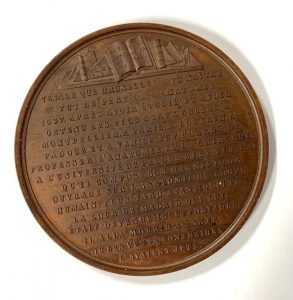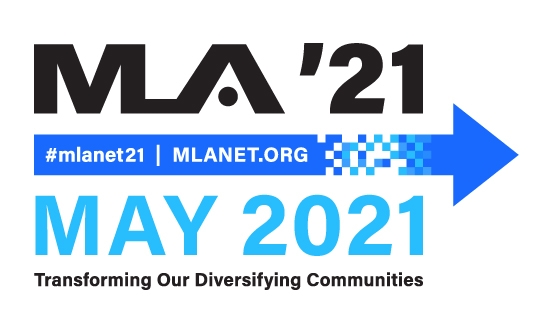Typically if a researcher is asked what they think of when they hear the word “publication,” a “traditional” research journal article likely comes to mind. However, if the entire research workflow is considered, there are many research outputs that could be published including articles, preprints, protocols, datasets, and software. (We are defining “published” simply as “disseminated,” although terms such as “shared” or “posted” may be more appropriate depending on the output.)
The number of venues for publishing these outputs is growing and includes data repositories and preprint servers like DRYAD and medRxiv. New journals such as the Journal of Open Source Software (JOSS) and Scientific Data have been founded specifically to allow these research outputs to be recognized within the scholarly system. In addition, expanded publication types are now offered by established journals like PLOS ONE, which introduced Lab and Study Protocol types in early 2021.
This article will provide options for publishing research protocols, however the Where Should I Publish? Guide linked on the left of the Scholarly Communication Guide also compares options for other research outputs. Continue reading
 Have you ever looked at the
Have you ever looked at the  Medals, unlike coins, or at times tokens, are not monetary instruments. They are frequently used to commemorate people, events, or things. As a perfect medium, and due to their permanence, they pass along information about past events and man’s achievements to future generations.
Medals, unlike coins, or at times tokens, are not monetary instruments. They are frequently used to commemorate people, events, or things. As a perfect medium, and due to their permanence, they pass along information about past events and man’s achievements to future generations. I am retiring as HSLS Library Director, effective July 1, 2021. Except for two years away*, I have been at Pitt in one role or another since 1969: first as an undergraduate, then as a “personal librarian” to the chair of psychiatry, next as Librarian and Library Director at Western Psychiatric Institute & Clinic (now UPMC Western Psychiatric Hospital), and finally as Associate Director, Interim Director, and Director of HSLS. If you prick my finger, I bleed blue and gold. I have had a wonderful career, and have appreciated the opportunities that I have enjoyed at Pitt. I cherish the friendship, collegiality, and expertise of our HSLS staff and the Pitt community, and I am enormously proud of our accomplishments as a leading health sciences library on the national scene.
I am retiring as HSLS Library Director, effective July 1, 2021. Except for two years away*, I have been at Pitt in one role or another since 1969: first as an undergraduate, then as a “personal librarian” to the chair of psychiatry, next as Librarian and Library Director at Western Psychiatric Institute & Clinic (now UPMC Western Psychiatric Hospital), and finally as Associate Director, Interim Director, and Director of HSLS. If you prick my finger, I bleed blue and gold. I have had a wonderful career, and have appreciated the opportunities that I have enjoyed at Pitt. I cherish the friendship, collegiality, and expertise of our HSLS staff and the Pitt community, and I am enormously proud of our accomplishments as a leading health sciences library on the national scene.  Barbara has been an instrumental leader in health sciences librarianship. She became the 2017-18 Medical Library Association (MLA) president, after serving as president-elect the previous year. In addition, she was on the MLA Board of Directors and Executive Committee. During her time with MLA, she had the opportunity to connect with officers of health sciences library associations from Europe, Canada, Australia, Taiwan, Africa, and the U.S. to share ideas and challenges. She was selected to present the Janet Doe Lecture at MLA’s 2015 annual meeting. In 2016, MLA bestowed the honor of Fellow to Barbara based on her accomplishments and contributions to the health sciences information profession.
Barbara has been an instrumental leader in health sciences librarianship. She became the 2017-18 Medical Library Association (MLA) president, after serving as president-elect the previous year. In addition, she was on the MLA Board of Directors and Executive Committee. During her time with MLA, she had the opportunity to connect with officers of health sciences library associations from Europe, Canada, Australia, Taiwan, Africa, and the U.S. to share ideas and challenges. She was selected to present the Janet Doe Lecture at MLA’s 2015 annual meeting. In 2016, MLA bestowed the honor of Fellow to Barbara based on her accomplishments and contributions to the health sciences information profession.  Colleagues and friends mourn the death of Nancy Hrinya Tannery, MLS, former HSLS Senior Associate Director, who passed away on Friday, May 14, 2021.
Colleagues and friends mourn the death of Nancy Hrinya Tannery, MLS, former HSLS Senior Associate Director, who passed away on Friday, May 14, 2021.